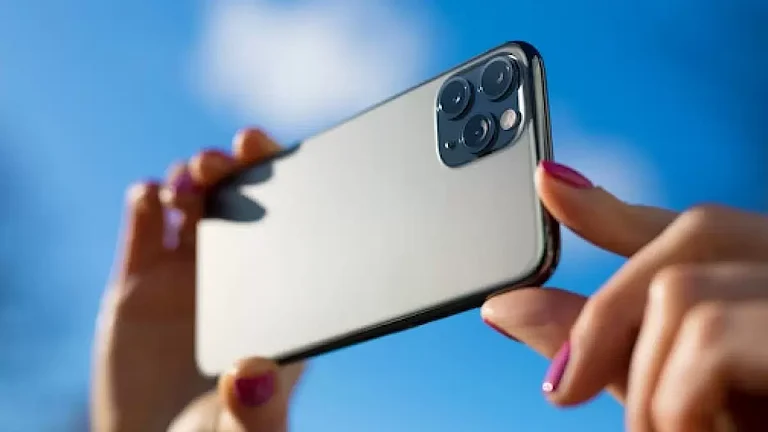As the world awaits a total solar eclipse on April 8, NASA has issued a cautionary note for people planning to capture the event on their smartphones, raising concerns about its safety. So, Is it safe to use your smartphone to capture the solar eclipse?
In a warning directed at social media users, NASA emphasized that using smartphones to capture the solar eclipse could lead to damage to the phone's sensor, similar to other image sensors, when pointed directly at the Sun.
"This is especially true if you’re using any sort of magnifying lens attachment on the phone. You would need to utilize the proper filters just like on any other camera," stated the US space agency.
NASA also offered advice to space enthusiasts, recommending, "The best practice would be to hold a pair of eclipse glasses in front of your phone’s lenses when photographing the Sun at any point other than totality."
Photographing Solar Eclipses Safely: Tips for Protecting Eyes and Cameras
NASA provides additional tips for photographing the eclipse:
Directly viewing the Sun poses risks to both your eyes and your camera. To capture images during partial eclipses safely, it's essential to use a dedicated solar filter to shield your camera, just as you would use solar viewing glasses (also known as eclipse glasses) to protect your eyes. During totality, when the Moon fully obscures the Sun, it's crucial to remove the filter to observe the Sun's outer atmosphere—the corona.
The quality of a photo relies more on the photographer's skill than the camera itself; hence, any camera can yield impressive results. Utilizing a telephoto zoom lens, tripod, and delayed shutter release timer can enhance the quality of your shots.
Amidst capturing eclipse photos, it's crucial not to overlook the opportunity to personally observe the eclipse. Remember to wear solar viewing glasses (also referred to as eclipse glasses) throughout all phases of the eclipse, both before and after totality, to safeguard your eyes.
What is a Total Solar Eclipse?
During a total solar eclipse, the Moon moves between the Sun and Earth, completely obscuring the Sun's surface. This phenomenon causes the sky to darken, resembling either dawn or dusk, as described by NASA.






























